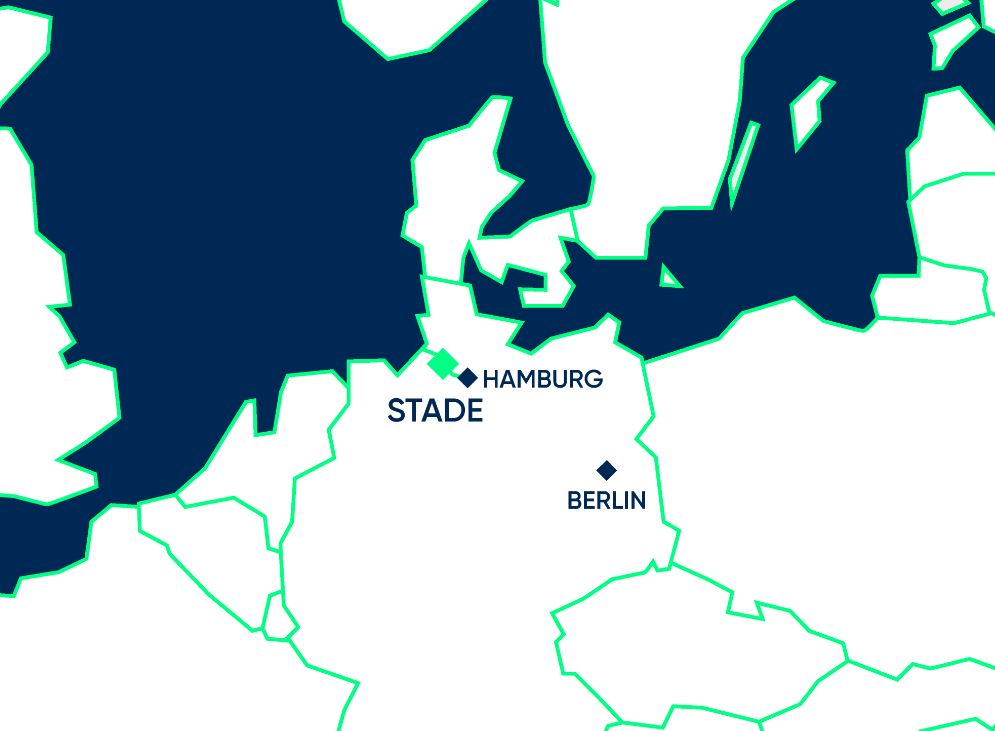Germany – EnBW will import three billion cubic meters of LNG yearly beginning with the commissioning via the Hanseatic Energy Hub in Stade. EnBW will also be able to use ammonia as a hydrogen-based energy source in the future.
This option is available to all Hanseatic Energy Hub clients who have a long-term commitment of more than ten years.
The Hanseatic Energy Hub is a modular, future-proof solution for green energy transition that takes advantage of the many opportunities provided by the Stade energy zone. The terminal, port, industrial park, and supporting infrastructure are all built with modularity in mind. Main tanks, piping, and other immovable components will be made ammonia-ready. The foundations are already structurally designed to support a larger weight. Additional area in the industrial park has been set aside for separate ammonia tanks to allow for market ramp-up from the start.
Ammonia
Because ammonia processing, shipping, and storage have long been established, both EnBW and HEH emphasize it as a hydrogen carrier. Ammonia, one of the most commonly manufactured compounds in the world, has a wide range of applications. Following transportation, it can be used directly as a CO2-neutral fuel or converted back to hydrogen. The corresponding technologies are rapidly evolving. Co-combustion of up to 20% ammonia has already been used successfully in smaller power plants and furnaces.





